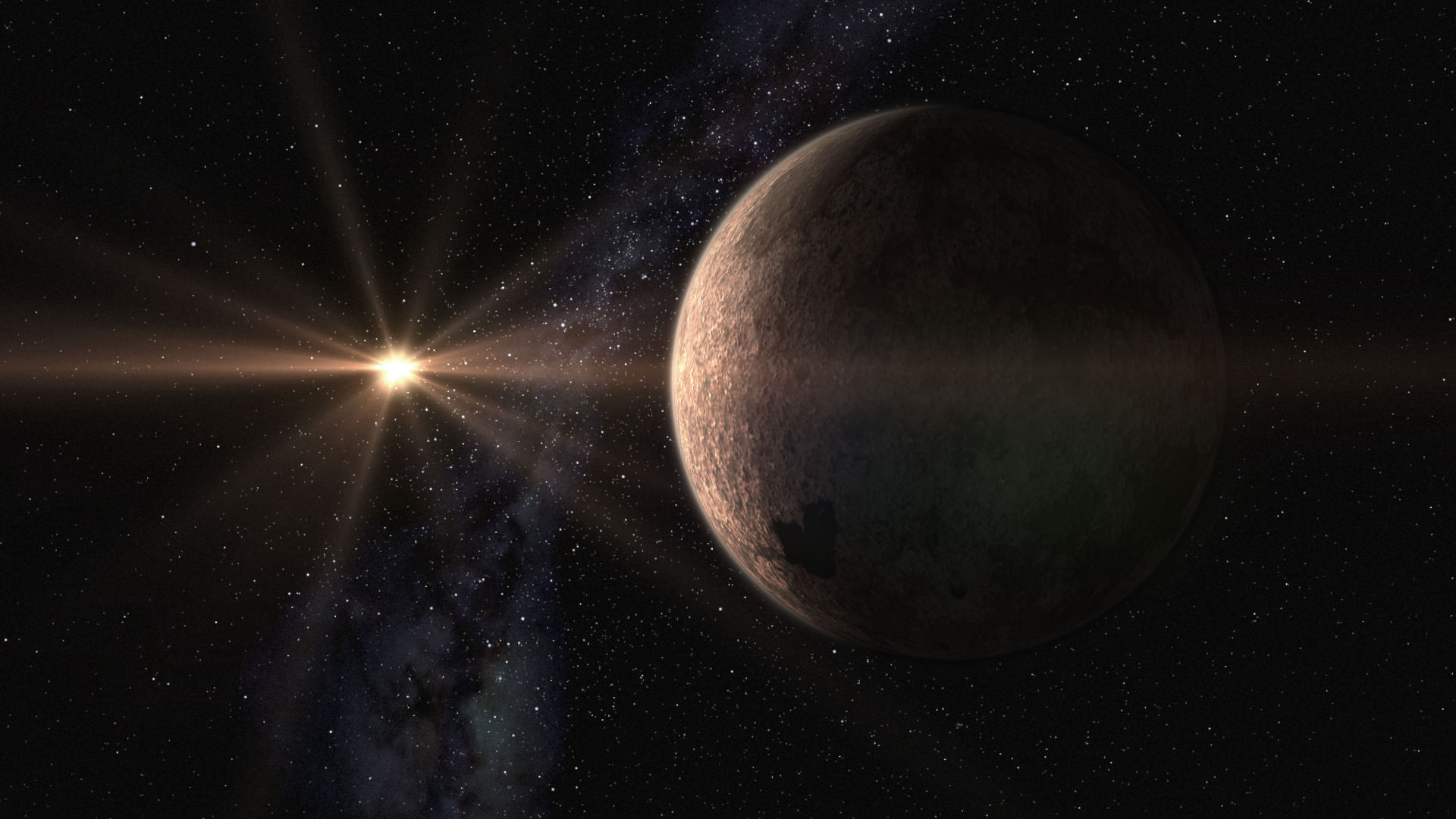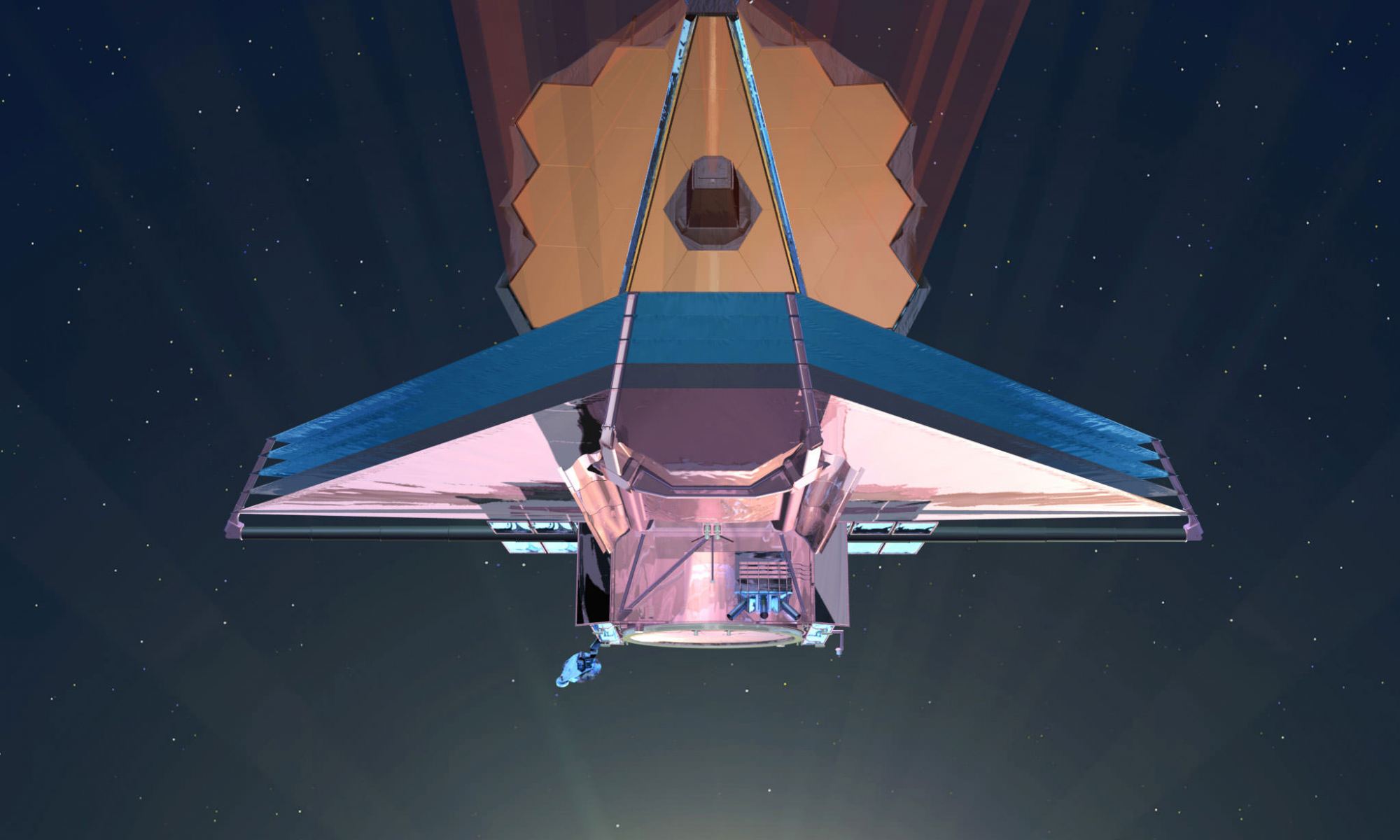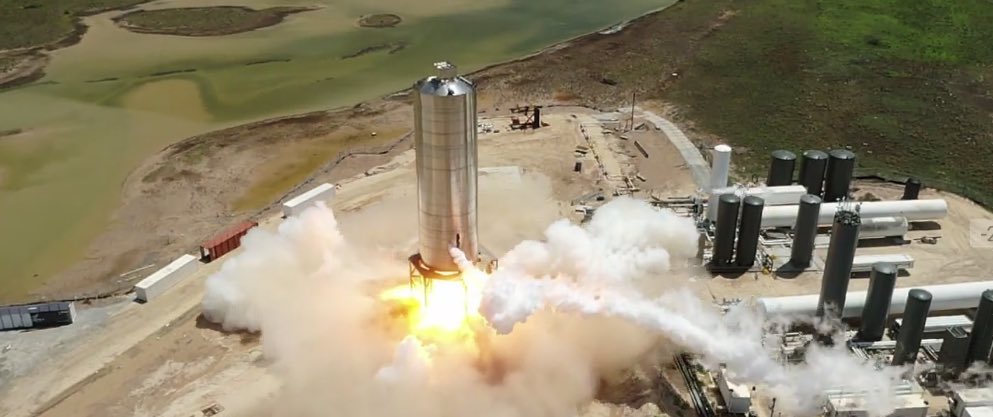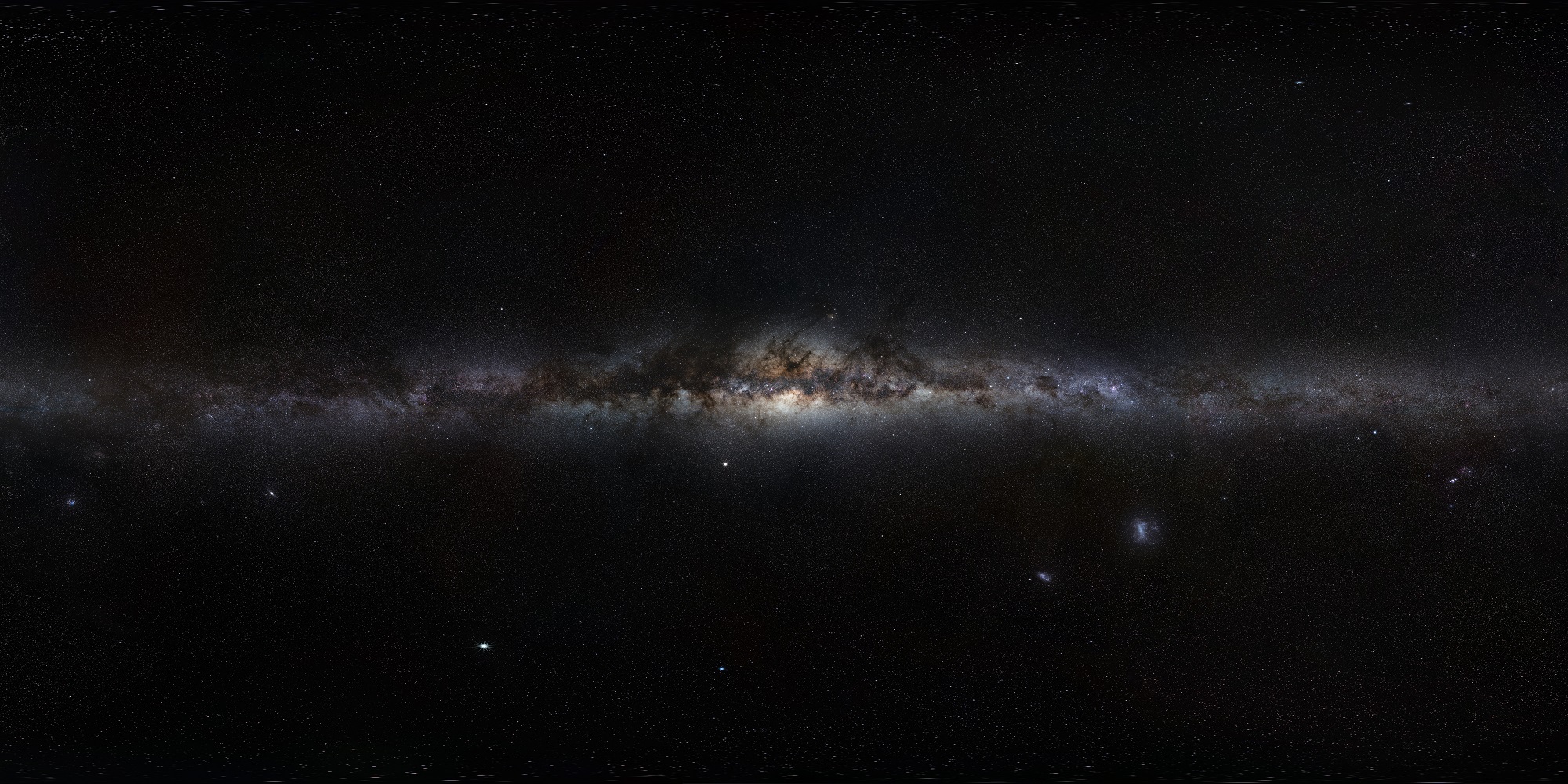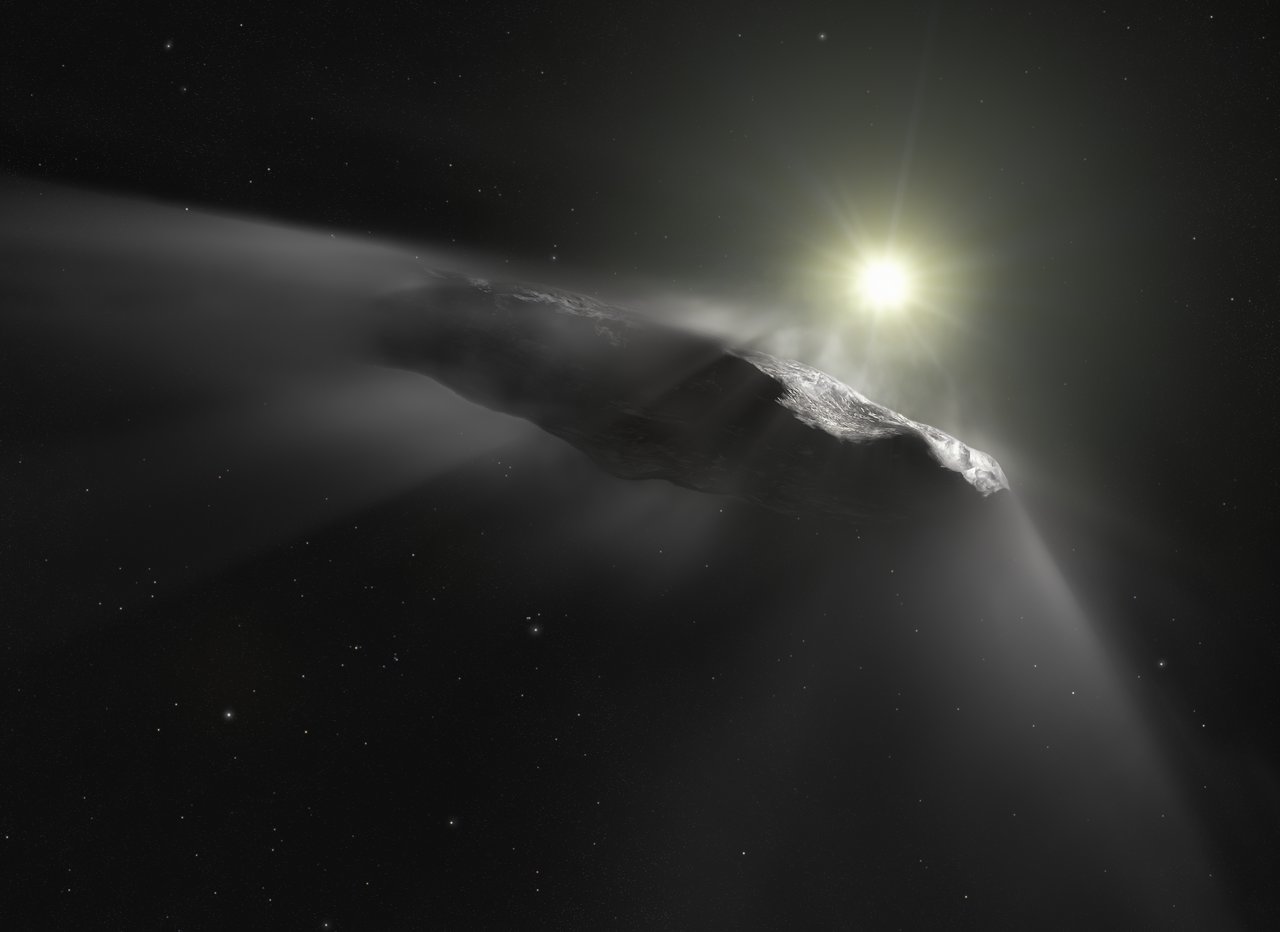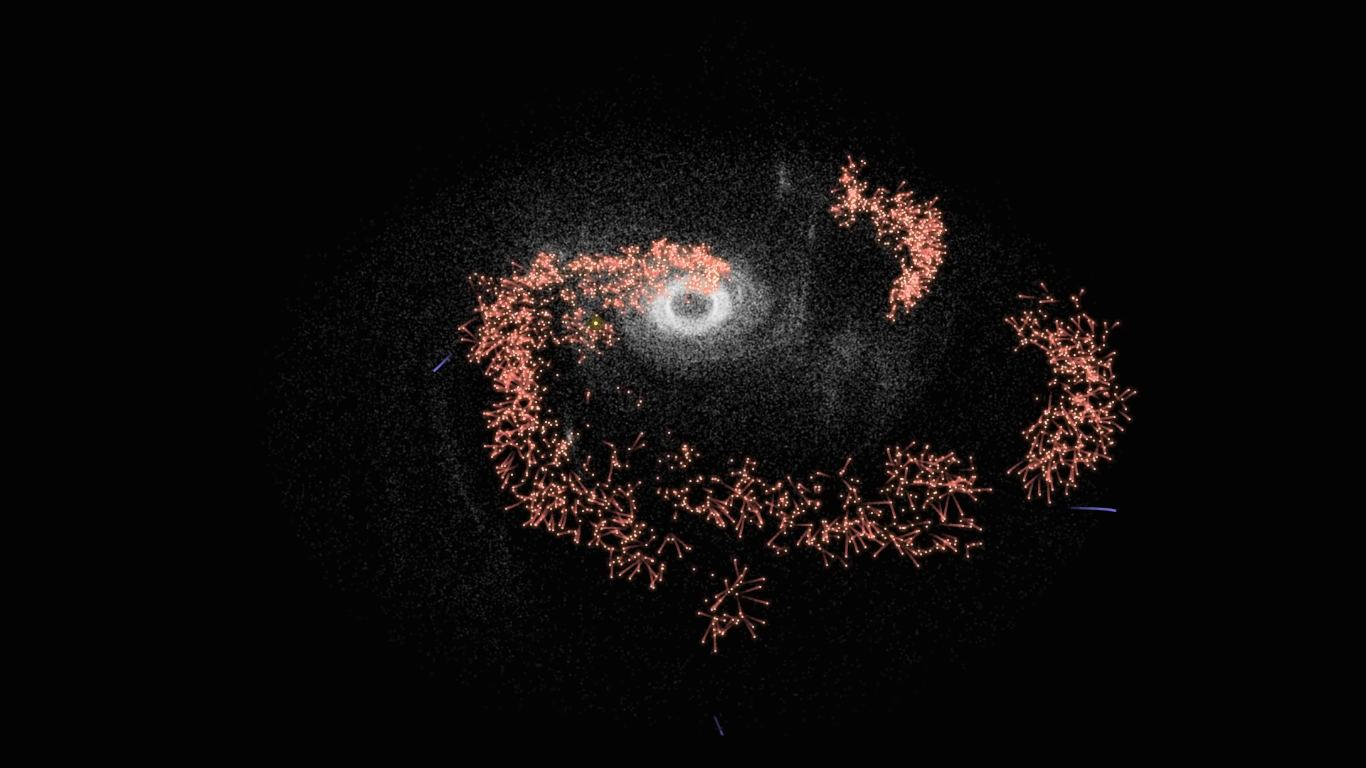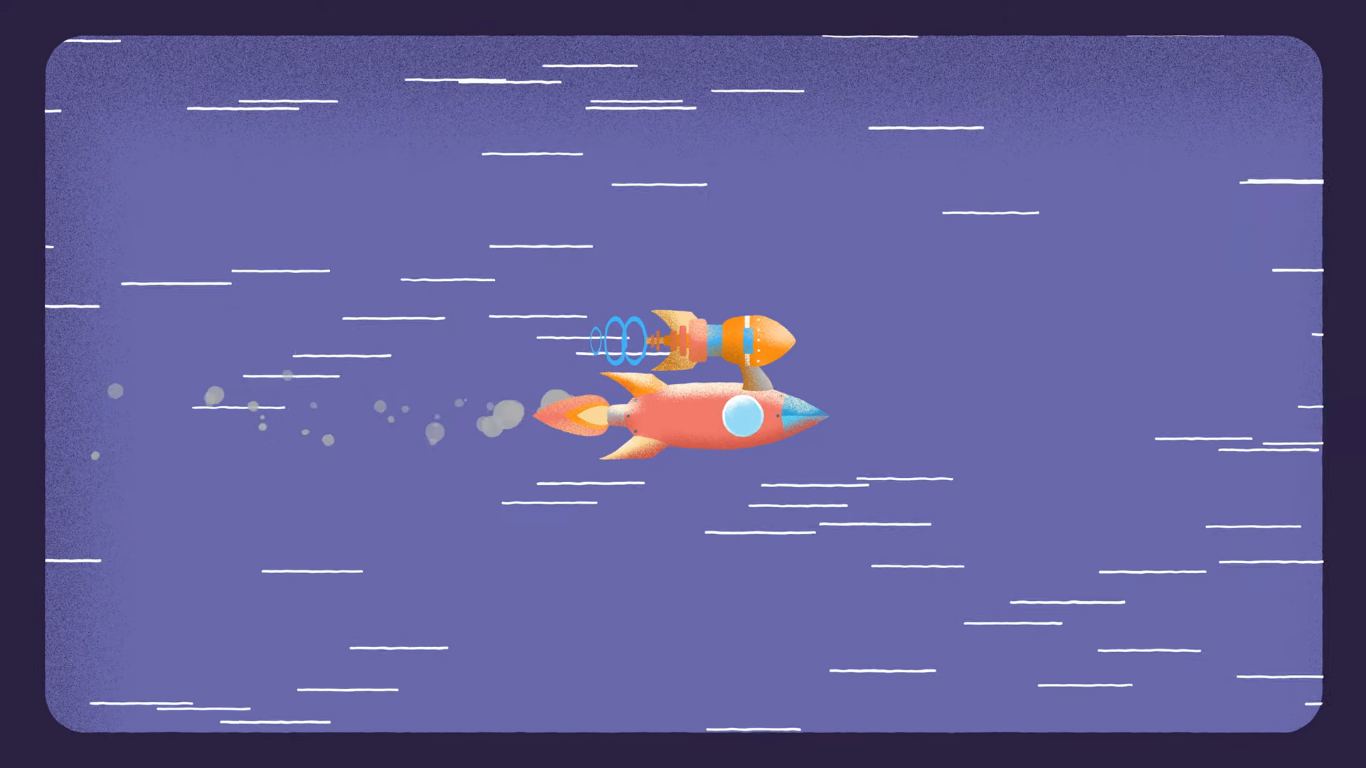In the past decade, the study of exoplanets has grown by leaps and bounds. At present, a total of 4,201 planets have been confirmed beyond the Solar System and another 5,481 candidates await confirmation. In the midst of all this, M-type red dwarf stars have become a focus of exoplanet research because they appear to be the most likely place where rocky (aka. Earth-like) planets can be found orbiting within the star’s habitable zone (HZ).
However, that does not mean that red dwarf stars are good candidates for hosting habitable planets. Take GJ 887, for example, one of the brightest M stars in the sky that has a system of two (possibly three) planets. In the past, this star was believed to be calm and stable, but new research by astronomers from Arizona State University has shown that GJ 887 might not be so calm as previously thought.
Continue reading “Astronomers Thought They’d Found a Red Dwarf That Wasn’t Hostile to its Habitable Zone Planets. They Were Wrong”
